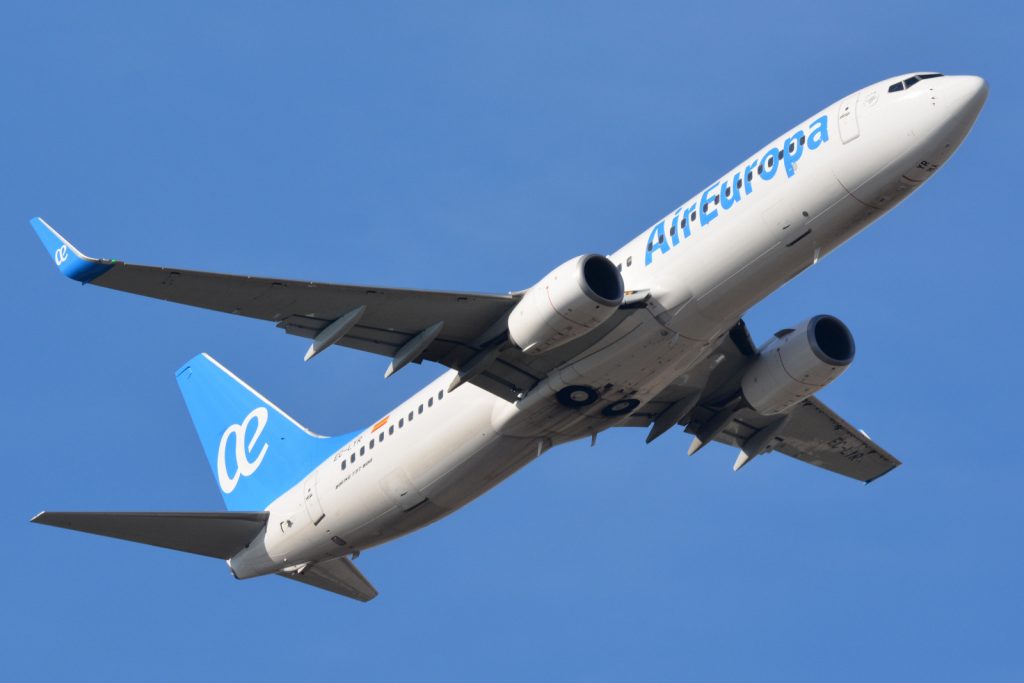The Top 10 Airline Industry Developments in 2019

Skift Take
It was yet another tumultuous year in the airline industry with many storied names (Thomas Cook, for example) going under and the grounding of one of the world’s best-selling jets (the Boeing 737 Max). No one said aviation was an easy business.
As the International Air Transport Association (IATA) discussed in detail last week, the world’s airline industry enters the 2020s with a 10-year profit streak. But as 2019 again reaffirmed, profits are increasingly concentrated among the sector’s largest intercontinental airlines, together with its strongest low-cost carriers. Left out is a long tail of smaller and less-efficient carriers unable to cope with the rigors of geopolitical volatility, subdued economic growth, intense competition, currency volatility, and other pressures. Indeed, 2019 was both a prosperous year for many and a year of death and distress for others. Here, in no particular order, are Skift Airline Weekly’s 10 most noteworthy developments of the past year.
Trade wars and economic softness decimate the air cargo market.
It seems like ages ago, but it was only in 2018 that cargo markets flourished, providing a major lift to passenger airlines based in export-heavy countries. This year, with tariff battles escalating and world GDP slowing, cargo markets sharply contracted. That’s been extremely difficult for carriers like Korean Air, China Airlines, and Cathay Pacific, all with large cargo businesses. Indeed, as the Association of Asia-Pacific Airlines (AAPA) notes, carriers in the region account for 35 percent of all global cargo traffic. But others are feeling the pain too, including Lufthansa with its large cargo unit, and even a carrier like United — it gets only about 3 percent of its annual revenues from cargo, but that’s still more than $1 billion. During the past two quarters Lufthansa’s cargo unit suffered $63 million in operating losses.
U.S. dollar strength persists.
This was a trend that Skift Airline Weekly highlighted in our 2018 list. But it was no less an influential factor in 2019. Weak home currencies can be helpful for attracting tourists. But it also inflates an airline’s cost base because key inputs like fuel and aircraft are purchased in dollars. Airlines often borrow money in dollars, too. In extreme cases like Argentina, currency depreciation devastated the nation’s economy. Less extreme but still hurtful was depreciation in the eurozone, and in Scandinavia, China, South Korea, Brazil, and Australia.
On the other hand, there were a few exceptions to the trend.
